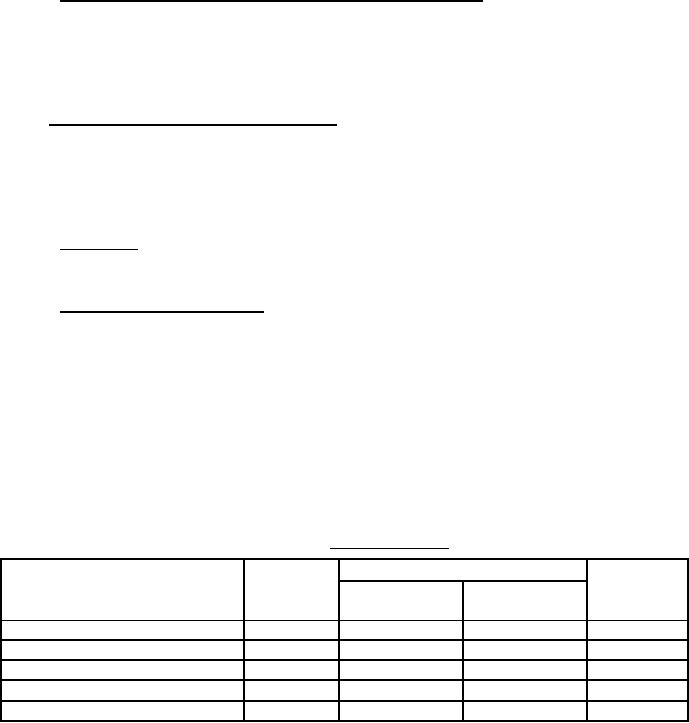
MILPRF50884F
APPENDIX A
A.6.3.2 Qualification expiration and Qualified Products Database (QPD) 50884. Qualification listings within
QPD50884 for manufacturers qualified under this appendix (QPL product assurance level) includes the qualification
expiration date as the last six digits of the test reference number. This date, formatted as (month/day/year), is the
actual qualification expiration date for that listing. This date signifies that the company is no longer qualified (unless
notified in writing by the qualifying activity) whether or not that individual listing has been removed the QPD. If the
company has not requalified before the next issue of the QPD is published, then the listing will not be included on the
QPD.
A.6.4 Ionic contamination testing (surface cleanliness). The values of ionic contamination specified in this
document were established in the late 1970 s by the U.S. Navy with the issuance of the Naval Air Center Materials
Research Report No. 378. The values used in the report were eventually used in the canceled specification
MILP28809 as a baseline needed for completed assemblies. The chemistries of the fluxes and cleaning solutions
used in the 1970 s were very different than what is used currently. If levels of ionic contamination that are needed for
today s circuit card assemblies may be well below that threshold established in Naval Air Center Materials Research
Report No. 378 or allowed by this specification.
A.6.4.1 Flux removal. Selection of procedures for flux removal is at the manufacturer's discretion. A procedure
should be chosen which will enable the printed wiring board fabricator to produce results enabling compliance with
this document. Both polar and nonpolar solvents may be required to effect adequate flux removal.
A.6.4.2 Alternate methods and equipment. The following methods of determining the cleanliness of printed wiring
boards have been shown to be equivalent to the sodium chloride equivalent ionic contamination test method:
a.
The Kenco Alloy and Chemical Company, Incorporated, "Omega Meter, Model 200" (see
b.
Alpha Metals Incorporated, "Ionograph" (see https://www.scscoatings.com).
c.
Zero Systems, Incorporated, "Zero Ion, Model ZI100."
d.
Westek, "ICOM 5000."
Table AXII list the equivalence factors for these methods in terms of micrograms equivalents of sodium chloride for
each unit area.
TABLE AXI. Equivalence factors.
Equivalents of sodium chloride
Related
Equivalence
Method
factors
Micrograms per
Micrograms per
test method
square inch
square cm
Resistivity of solvent extract
1.00
10.06
1.56
2.3.25
1.39
14.00
2.20
2.3.25
Omega Meter
2.01
20.00
3.10
2.3.25
Ionograph
3.68
37.00
5.80
N/A
Zero Ion
2.20
22.00
3.40
N/A
ICOM 5000
56
For Parts Inquires submit RFQ to Parts Hangar, Inc.
© Copyright 2015 Integrated Publishing, Inc.
A Service Disabled Veteran Owned Small Business